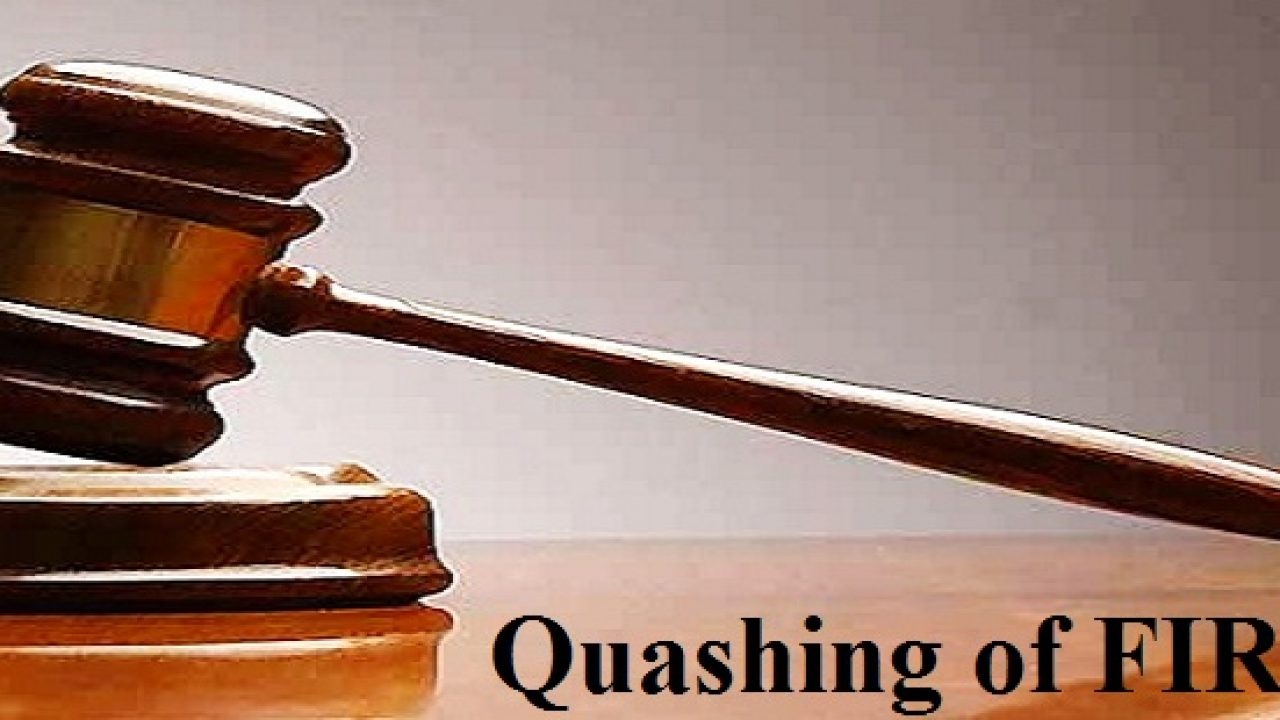The Supreme Court ultimately set aside the High Court’s decision to quash the FIR against Ch. Bhajan Lal, a former Chief Minister and Union Minister of Haryana, accused of corruption charges. Here’s what happened:
High Court’s Decision: The Punjab and Haryana High Court quashed the FIR, stating that the allegations didn’t constitute a cognizable offense and criticized the police action as mala fide. The court also directed Dharam Pal, the complainant, to pay costs to Bhajan Lal.
Supreme Court’s Ruling: The Supreme Court disagreed with the High Court’s decision, holding that the allegations in the complaint clearly constituted a cognizable offense, warranting registration of a case and investigation. However, the court quashed the investigation due to procedural illegality – the SHO lacked valid authority to investigate under Section 5A of the Prevention of Corruption Act.
Guidelines for Quashing FIRs: The Supreme Court laid down seven guidelines for quashing FIRs and criminal proceedings, which have become a cornerstone for criminal law in India. These guidelines include :
No Offense Made Out: Quashing is justified if allegations don’t disclose any offense.
Inherently Improbable Allegations: Quashing is justified if allegations are inherently improbable.
Mala Fide Intent: Quashing is justified if the case is filed with mala fide intent or to harass the accused.
Legal Bar: Quashing is justified if there’s a legal bar to the investigation or prosecution.
Absence of Evidence: Quashing is justified if there’s no evidence to support the allegations.
Non-Cognizable Offense: Quashing is justified if the offense is non-cognizable and no permission has been granted by the Magistrate.
Absurd or Impossible Allegations: Quashing is justified if allegations are absurd or impossible.
The Supreme Court’s decision in State of Haryana v. Bhajan Lal (1990) has significantly contributed to India’s legal history, influencing many future cases and providing a framework for quashing FIRs in exceptional cases. These conclusions highlight the Supreme Court’s nuanced approach to quashing FIRs, emphasizing the need for judicial discretion, careful consideration of facts, and adherence to established precedents.

